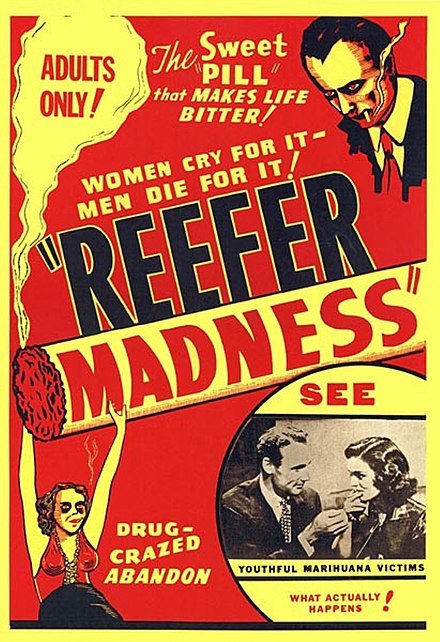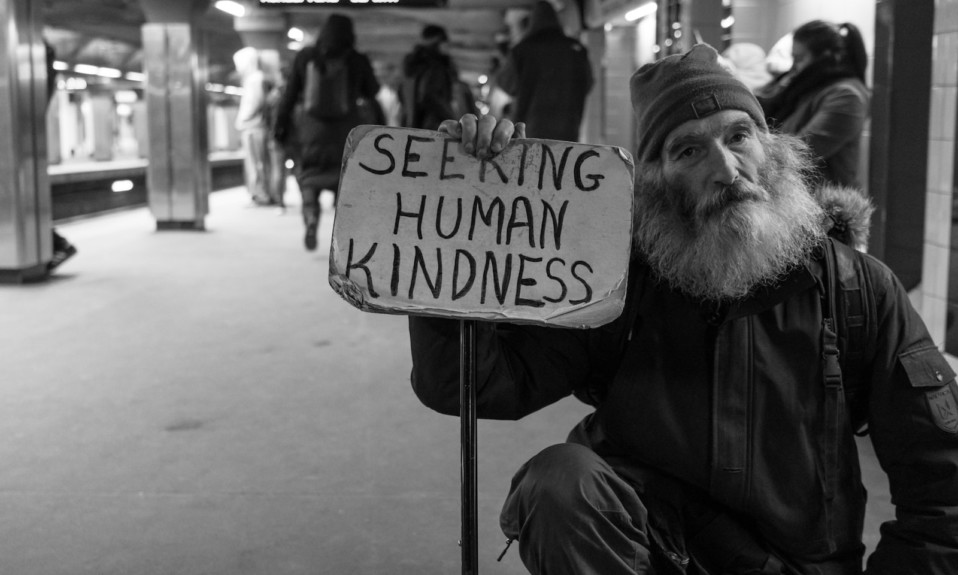Substance use disorder is a distinct condition—and it must be treated as such
This post is reprinted with permission from one of TreatmentMagazine.com’s go-to blogs about addiction, treatment and recovery: Recovery Review.
By William Stauffer
If effectively addressing addiction was easy and straightforward, we would have done so already. In reality, it is a multifaceted condition that defies narrow solutions. There are complex genetic and environmental factors that lend themselves more to a continuum of use, problematic use and addiction that is not consistent with either / or check box definitions we tend to use. This is why we still grapple with how to define and address addiction over so many decades. Oversimplifying the continuum of substance use dependence and its consequences remain a significant factor in why we have not developed society wide support.
We have had our successes. Twenty years ago, the recovery community focused on long term, multiple pathway recovery strategies in order to expand recovery efforts across our entire society. Thank you, SAMHSA for spearheading it! We worked to shift efforts from acute care treatment to longer term community-based recovery-oriented efforts. It resonated because it was exactly what was needed at the time. Despite our diversity as a recovery community, we have often found common ground and goals in civil, solution focused discussions. This is an example of a strategy we did collaboratively with many groups working together. Our efforts paid dividends. Developing services that were widely supported by highlighting the value of recovery rather than focus on the pathology was key. But another facet of what worked is that we did so without sugar coating the devastation of addiction within our families and our communities.
How do we provide more nuanced messaging to support helping persons who experience problematic drug use with dignity and respect, while balancing the unique risks of drug use and addiction to our society?
We should not ignore that when a severe substance use disorder (SUD) remains unaddressed, it ravages our entire society. In Portugal they have what they call Dissuasion Commissions that can pressure people to seek help (which is on demand, another thing we do not have) for good reason. They got rid of open-air drug markets. Portugal decriminalizing drugs but did not de-penalize drug use, a distinction I often hear missed. We should pay attention, even as our society is very different than Portugal. We seem to be only focusing on part of their solution. It is what we seem to do best.
How do we provide more nuanced messaging to support helping persons who experience problematic drug use with dignity and respect, while balancing the unique risks of drug use and addiction to our society? I recently ran across an article that Dr. Keith Humphreys wrote that seems relevant to how we frame and address addiction as a condition, “how to Deliver a More Persuasive Message Regarding Addiction as a Medical Disorder.” I think it holds some answers.
As Dr. Humphreys notes, while addiction shares many features with other medical conditions like diabetes and heart disease, unlike those conditions, addiction has a high level of negative externalities. This impacts how decent and reasonable people respond to persons with addictive disorders. Given the impact of addiction on our society, we should expect that people have very negative views about us. As he says, it is common decency to note that there are victims of our drug use and that focusing on helping people like me recover is by no means an attempt to minimize that damage.
Having observed and experienced abysmal attitudes even in our medical care communities as noted last year in “take the drug addicts out to the hospital parking lot and shoot them,” it is evident that as a society we still hold very high levels of stigma against the entire population of people with SUDs. My organizations collaborative work with Elevyst and RIWI on an initial survey of perceived stigma in the United States, shows this in stark relief. We also found a whole lot of common ground, significantly more than any differences of views we have. It is a very productive process. That stigma is our biggest barrier is a consensus statement. We must improve public perceptions about us.
But the negative perceptions about us are understandable on many levels. Addicted persons like me (not in recovery) drive while impaired and end up killing people as a result. We can cause severe trauma in families and even become violent under the influence of drugs like alcohol and methamphetamine. We can pose risks to society that require law enforcement interventions. We should focus on ways that reduce the chaos and danger on our streets, keep people alive, and address violence concerns associated with addiction without reflexively throwing people who use drugs into cages. We should keep our eye on the goals of long-term recovery, the only true way to reduce the number of addicted people in our communities. We seem to be losing that focus, and I am alarmed.
We must develop accurate messaging if we are to improve public perceptions related to substance use and addiction in America. We also need to acknowledge the devastation our society is experiencing.
Our big problem is that we tend to view addiction as either a medical condition or one in which we simply incarcerate everybody who has it. The latter is clearly not the solution. The reality it is a medical condition but also a public safety issue. It erodes all of our institutions. Turning it into an either / or problem oversimplifies it. Dr. Humphreys reminds us that it is important to acknowledge these harms to society even as we call for compassion and develop more effective ways to improve public perception about us. Addiction is not diabetes or heart disease in respect to what it does to our society. Nuanced policies here would make sense. To get there we need to figure out ways to message the value of helping people recovery and also acknowledge the risk to society if we do not support more people into recovery.
We must develop accurate messaging if we are to improve public perceptions related to substance use and addiction in America. We also need to acknowledge the devastation our society is experiencing, including a 24% increase in alcohol-related fatalities on our highways, overdose deaths that continue to move in the wrong direction and a likelihood of an increase in violent crime due to the increased prevalence of methamphetamine use on our streets. We risk seeing the balance shift to law-and-order centered solutions in the near future that throws the most marginalized of our brothers and sisters in prison cells in a wholesale process as society tires of the damage we are capable of. The pendulum always swings. That would perhaps be an even more devastating than our climbing death rate.
My own experience with addiction, recovery, and work for decades highlights the dichotomy of addiction. The vast majority of people who become addicted are great people. We then do a lot of damage to ourselves and those around us. We can be really destructive. I would not now consider doing a lot of the things I did in active addiction. I know that I am not alone in this. This is because of the way that addiction impacts both executive function and the limbic system. We know that persons who are addicted are not fully in control of their faculties. This is why we cause such devastation in active addition.
Helping someone with a substance use disorder recover greatly reduces the risk of dangerous or inappropriate conduct and is ultimately the most effective way to reduce the number of addicted people across our nation.
Properly framing addiction by acknowledging the damage that our communities experience as well as the cycle of trauma that a lot of addiction stems from while focusing on developing and sustaining public support for recovery is critically important to strengthening public support for our efforts. We should consider that:
- People who use drugs problematically deserve our compassion and empathy.
- Engaging persons who are using with the stance that they deserve respectful care will more likely lead to them seeking help and support and achieving wellness.
- People experiencing addiction can at times put their own lives and the lives of those around them at risk. There are very real public safety concerns associated with substance misuse.
- People with severe SUDs may also become involved in illegal or even violent behavior while in the throes of addiction. Such conduct is not indicative of who we are in recovery.
- Helping someone with a substance use disorder recover greatly reduces the risk of dangerous or inappropriate conduct and is ultimately the most effective way to reduce the number of addicted people across our nation.
- Given the proper care and support recovery leads to recovery, which is the probable outcome for persons with a substance use disorder. Focusing resources on this goal will expand the number of persons in recovery, improve the health and safety of our overall community and save a lot of resources in the long run.

Our own history of addiction treatment and recovery provides a note of caution. The history of recovery in America is not linear, just like all other facets of history. Bill White showed us that with his seminal work Slaying the Dragon. There is a “two steps” forward, one (two or even three) step(s) backward dance through the years. We tend to move from compassion and support to punitive responses to addiction over the long arc of time and then eventually back towards compassion and support. This occurs for a lot of reasons, one of which is how we oversimplify our messaging.
One thing that is illustrative of the problem is how we have disingenuously portrayed drug use. It has been devastating. Anyone who has watched Reefer Madness and has experience with cannabis would sense that the propaganda film dramatically overstates the risks of this drug. Like a lot of kids, I disregarded all the real risks as a result. I could tell what this film was showing was not true, so I ignored all the stated risks I heard in health class. I smoked pot and laughed through the movie. Now it is portrayed as having almost no risk, which is also not true. We will pay for that too.
In a similar way, normalizing destructive drug use on our streets will strike a large portion of our nation as an improper response they will ultimately not support. At least from my perspective. Understating the risks to society of normalizing problematic drug use may well lead to a backlash from the American public who suffer the collateral damage. Pretending that addiction is just like any other medical disorder and that persons who experience it may not pose additional negative externalities is disingenuous. Sugar coating the impact of people who use drugs on society is a very risky strategy.
The truth is that people who are addicted deserve compassion and that we also present very real public safety risks. We do a lot of damage as a result of addiction. They should be considered hand in hand, not as either / or. We have to acknowledge the complexities of our challenges to develop effective strategies. Starting there may help us get to the point where we can provide more pervasive arguments for supporting both harm reduction and recovery efforts, which can and do work hand in hand to support the health and welfare of our communities.
Just my two cents on a medical condition not just like the other ones.
This Recovery Review post is by William Stauffer, who has been executive director of Pennsylvania Recovery Organization Alliance (PRO-A), the statewide recovery organization of Pennsylvania. He is in long-term recovery since age 21 and has been actively engaged in public policy in the recovery arena for most of those years. He is also an adjunct professor of Social Work at Misericordia University in Dallas, Pa. Find more of his writing, as well as a thought-provoking range of articles, insights and expert opinions on treatment and addiction at RecoveryReview.com.blog.
Top photo: Matt Collamer














